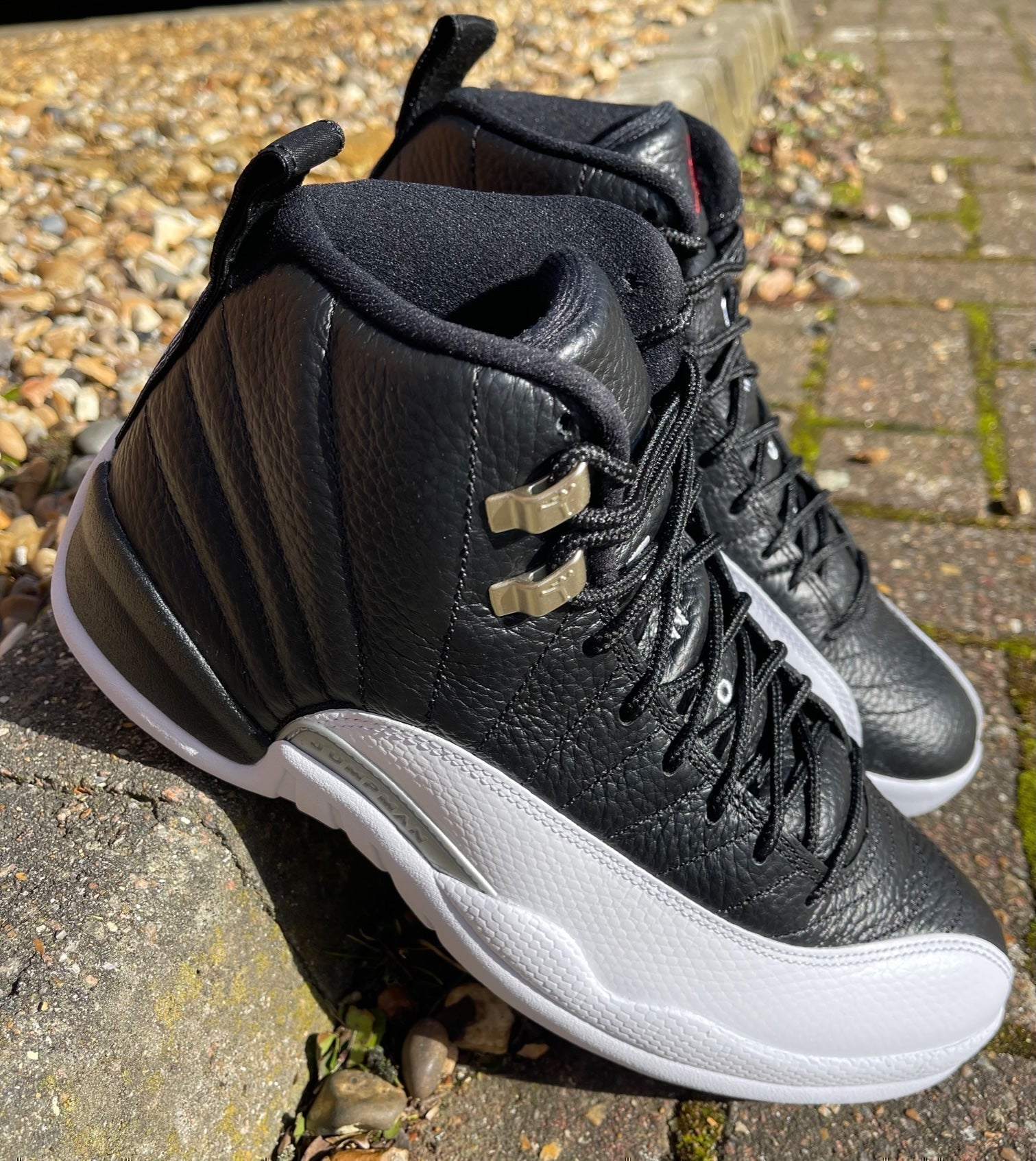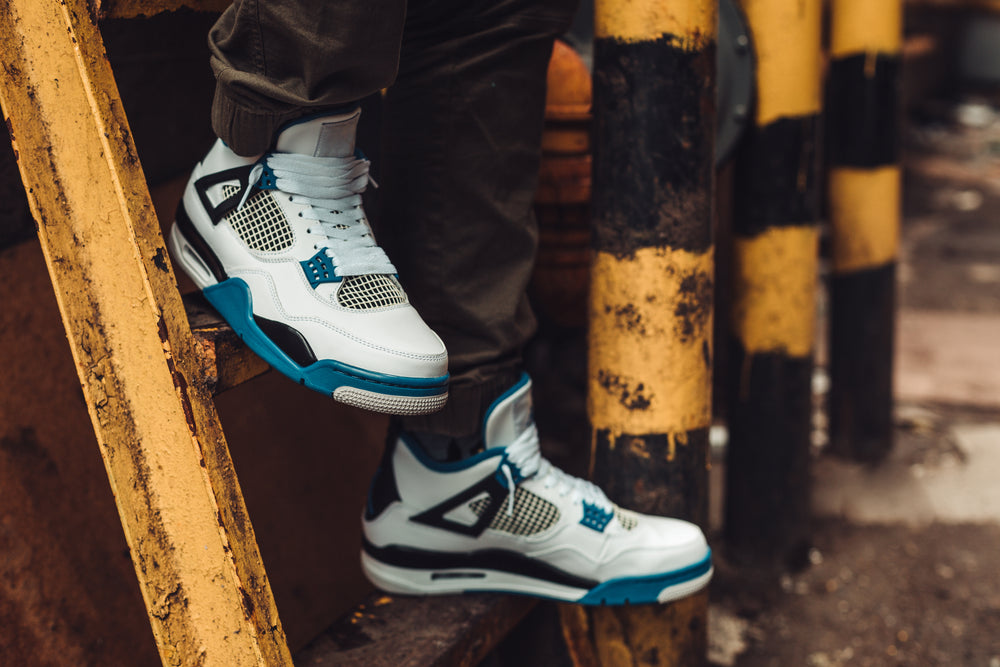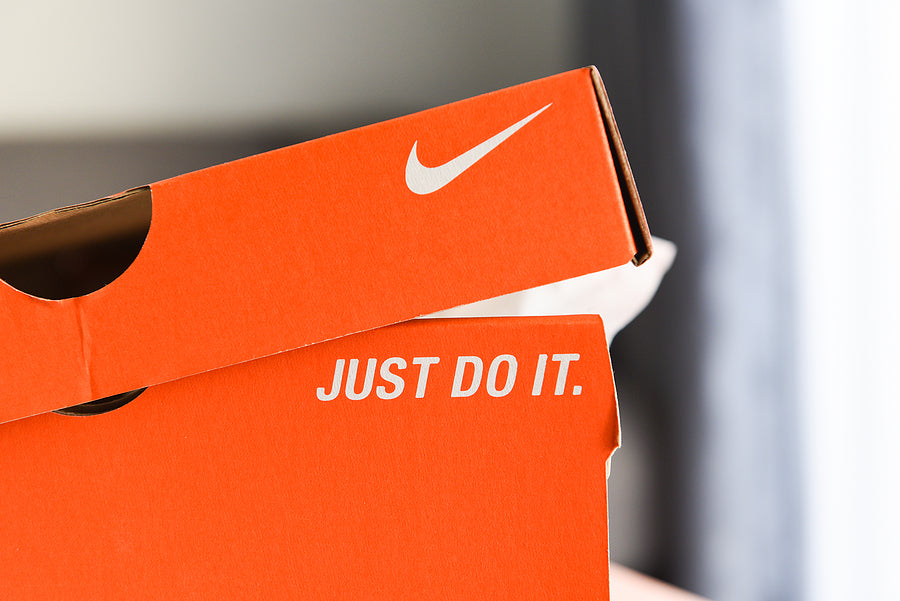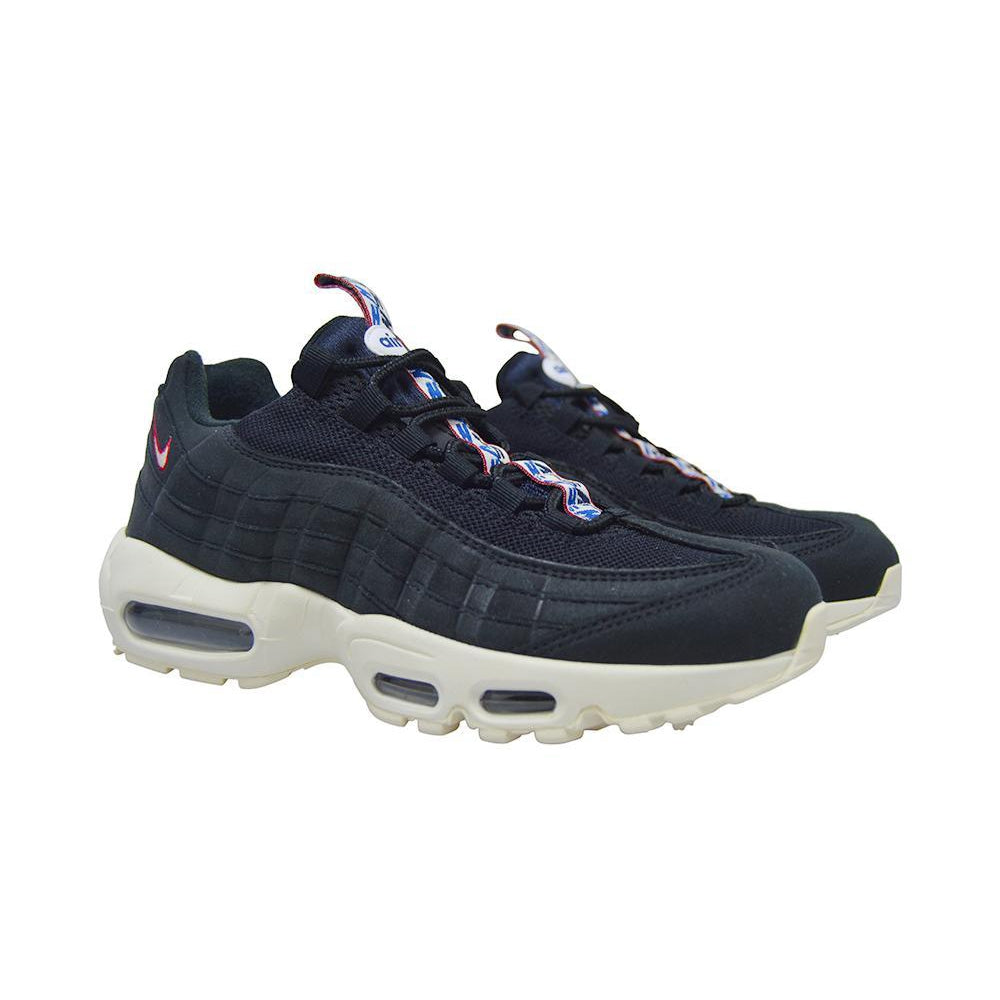We tend to think of celebrity sneakers and endorsements as a relatively recent invention. The sheer prevalence of rare Jordans for sale would suggest that His Airness himself was the first to have a shoe named after him.
As it turns out, the first-ever sneaker endorsement in history turned 100 years old this year, predates MJ by over 60 years and is so ubiquitous that nearly everyone who owns a pair of sneakers has a pair of his shoes.
This is the story of Converse’s Chuck Taylor All-Stars.
The Birth Of The Non-Skids
Converse was first formed in 1908 by Marquis Mills Converse as the Converse Rubber Shoe company. Originally aimed at creating winterised footwear, they would only start manufacturing athletic shoes in 1915, but they hit the ground running.
In 1917, they had created the first version of their most classic shoes, known as Converse Non-Skids, and they already had a largely familiar design and shape that was familiar to sneaker fans, with their signature rubber sole, canvas high-top design and a focus on grip for slick basketball courts.
However, whilst the shoe had already taken shape for a sport that was less than three decades removed from Dr James Naismith’s imagination, it needed some final adjustments to get ready for the first professional leagues.
Enter Chuck Taylor
Charles Hollis Taylor was just 19 years old when he signed a deal that would not only change his life and define his legacy forever but also changed the face of basketball itself.
He started as a semi-professional player and in 1918 at least one source suggests that he was already wearing Converse’s non-skid shoes, and soon he would receive attention from Converse themselves.
S.R. “Bob” Pletz brought Chuck in and asked him his views on the Non-Skids, hiring Mr Taylor not long after as a salesman and sponsored player for Converse themselves.
Within a year, his suggestions for improved flexibility, the signature patch to help with ankle support and other improvements were added, and the world’s first celebrity sneaker was born.
All that was left was to play the game, although there were some issues with that.
The Right Shoe, The Right Game, The Wrong Time
Professional basketball only began in 1920, and much like other very early sports leagues was a total mess.
There were hundreds of teams ranging from tiny village groups to barnstorming all-stars, with no real organisation. Players, including Mr Taylor, jumped from team to team and played wherever they could gain an audience.
Chuck Taylor played for several semi-professional teams during his career, from the Columbus Commercials, the Akron Firestone Non-Skids, and other teams in the Midwest of the United States.
Allegedly, he played for 11 seasons and some claim that he played for the Original Celtics, one of the three best teams of the era (alongside the New York Renaissance Five and the Harlem Globetrotters), although no evidence has confirmed this.
In those early days, with money far less secure, he leaned on his salesman role for Converse, and held demonstrations of basketball for high school and college students, even playing for a company-sponsored team called, fittingly enough, the Converse All-Stars.
Whilst he stopped playing the game in 1927, he continued to be a major influence on the sport until the start of the Second World War, creating a stitchless basketball better suited to the game, producing a Basketball Yearbook and regularly giving advice and tips to coaches across the country.
Basketball became an Olympic sport in 1936 and thanks to Chuck’s influence, the Converse All Star was the official shoe of the team from then until 1968 when other competitors began to strike and the NBA and ABA had been established as professional leagues.
Chuck Taylor would tirelessly work as a salesman for Converse until his death in 1969 at the age of 68.
Converse would struggle in the face of new competitors such as Adidas, Puma, Reebok and Nike, and would face frequent threats of bankruptcy and receivership, even as the All-Stars became a highly popular shoe in skating and music subcultures.
Eventually, Converse would file for bankruptcy in 2001 and would be bought by Nike in 2003, revitalising the brand to this day.
As it turns out, the first-ever sneaker endorsement in history turned 100 years old this year, predates MJ by over 60 years and is so ubiquitous that nearly everyone who owns a pair of sneakers has a pair of his shoes.
This is the story of Converse’s Chuck Taylor All-Stars.
The Birth Of The Non-Skids
Converse was first formed in 1908 by Marquis Mills Converse as the Converse Rubber Shoe company. Originally aimed at creating winterised footwear, they would only start manufacturing athletic shoes in 1915, but they hit the ground running.
In 1917, they had created the first version of their most classic shoes, known as Converse Non-Skids, and they already had a largely familiar design and shape that was familiar to sneaker fans, with their signature rubber sole, canvas high-top design and a focus on grip for slick basketball courts.
However, whilst the shoe had already taken shape for a sport that was less than three decades removed from Dr James Naismith’s imagination, it needed some final adjustments to get ready for the first professional leagues.
Enter Chuck Taylor
Charles Hollis Taylor was just 19 years old when he signed a deal that would not only change his life and define his legacy forever but also changed the face of basketball itself.
He started as a semi-professional player and in 1918 at least one source suggests that he was already wearing Converse’s non-skid shoes, and soon he would receive attention from Converse themselves.
S.R. “Bob” Pletz brought Chuck in and asked him his views on the Non-Skids, hiring Mr Taylor not long after as a salesman and sponsored player for Converse themselves.
Within a year, his suggestions for improved flexibility, the signature patch to help with ankle support and other improvements were added, and the world’s first celebrity sneaker was born.
All that was left was to play the game, although there were some issues with that.
The Right Shoe, The Right Game, The Wrong Time
Professional basketball only began in 1920, and much like other very early sports leagues was a total mess.
There were hundreds of teams ranging from tiny village groups to barnstorming all-stars, with no real organisation. Players, including Mr Taylor, jumped from team to team and played wherever they could gain an audience.
Chuck Taylor played for several semi-professional teams during his career, from the Columbus Commercials, the Akron Firestone Non-Skids, and other teams in the Midwest of the United States.
Allegedly, he played for 11 seasons and some claim that he played for the Original Celtics, one of the three best teams of the era (alongside the New York Renaissance Five and the Harlem Globetrotters), although no evidence has confirmed this.
In those early days, with money far less secure, he leaned on his salesman role for Converse, and held demonstrations of basketball for high school and college students, even playing for a company-sponsored team called, fittingly enough, the Converse All-Stars.
Whilst he stopped playing the game in 1927, he continued to be a major influence on the sport until the start of the Second World War, creating a stitchless basketball better suited to the game, producing a Basketball Yearbook and regularly giving advice and tips to coaches across the country.
Basketball became an Olympic sport in 1936 and thanks to Chuck’s influence, the Converse All Star was the official shoe of the team from then until 1968 when other competitors began to strike and the NBA and ABA had been established as professional leagues.
Chuck Taylor would tirelessly work as a salesman for Converse until his death in 1969 at the age of 68.
Converse would struggle in the face of new competitors such as Adidas, Puma, Reebok and Nike, and would face frequent threats of bankruptcy and receivership, even as the All-Stars became a highly popular shoe in skating and music subcultures.
Eventually, Converse would file for bankruptcy in 2001 and would be bought by Nike in 2003, revitalising the brand to this day.












Leave a comment